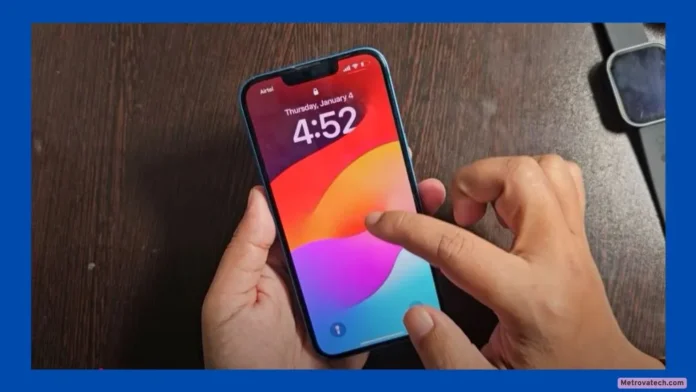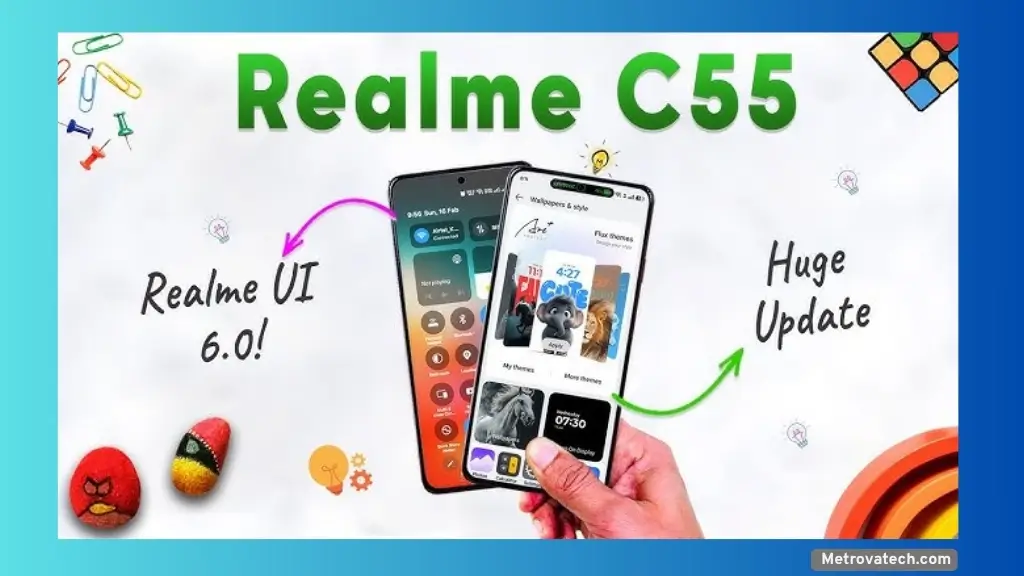An iPhone with an unresponsive touch screen feels like a brick in your hand. You try to swipe, tap, or press, but nothing happens. It’s frustrating, especially when the screen won’t respond after a recent update or your device is fully powered on but the display ignores your touch. If you searched “How to fix unresponsive touch screen iPhone,” you’re not alone. This guide covers all the models, so whether you’re dealing with an iPhone 11 screen not responding to touch or your iPhone 13 touch screen not working and you can’t unlock it, you’re in the right place.
Most touch problems come from software glitches or dust, not actual hardware damage—unless you dropped your phone or had some sort of accident. Before you start thinking about costly repairs, try these troubleshooting steps. You might be surprised how often these simple methods work.
Common causes for iPhone touch problems:
- Software glitches or bugs
- Dirt, smudges, or moisture on the screen
- Accessories like screen protectors or cases impacting sensitivity
- SIM card or internal hardware issues
If you’re wondering how to fix an unresponsive touch screen on an iPhone 13 Pro Max, iPhone 11, iPhone 14, or almost any recent model, follow these steps in order.
Quick and Easy Tips to Restore Touch Functionality
Clean Your iPhone Screen Thoroughly
Grime, dust, and fingerprints can actually prevent your iPhone’s screen from picking up your touch. You might not even notice how much buildup there is until you wipe it away. Before panicking about software or hardware, give it a proper cleaning.
How to clean your iPhone screen safely:
- Grab a soft, lint-free cloth (like a microfiber eyewear cloth).
- Don’t use harsh chemicals, window cleaners, or paper towels. These can damage or scratch your screen.
- If there’s noticeable grime, dampen a corner of the cloth very slightly with water, not soaking wet.
- Wipe the entire surface gently, taking care around the edges.
- Dry the screen with a clean, dry section of the cloth.
Once you’ve cleaned it, try tapping or swiping. If the iPhone screen is still not working but the phone is on, try the next method.
Force Restart Your iPhone to Clear Glitches
A force restart often solves touch response problems, especially after an iOS update or minor software crash. Unlike a regular restart, a force restart resets the system on a deeper level—but it does not erase your personal data or apps.
Force restart instructions differ by model:
For iPhone 8, X, XR, XS, 11, 12, 13, 14, and later:
- Quickly press and release the Volume Up button.
- Quickly press and release the Volume Down button.
- Press and hold the Power/Side button until you see the Apple logo, then let go.
For iPhone 7/7 Plus:
- Press and hold both the Volume Down and Side buttons together until the Apple logo appears.
For iPhone 6s or earlier:
- Press and hold the Home button and Side/Top button together until you see the Apple logo.
This restart method is great for those times when your iPhone 13 touch screen is not working and you can’t unlock it, or if your iPhone screen is not responding to touch and you need to restart. After the reboot, test your touch screen again. If it’s still unresponsive, don’t worry—there are more fixes to try.
Remove Screen Protector and Case to Check Sensitivity
Accessories help protect your iPhone, but sometimes they get in the way. Thick or worn-out screen protectors can block your taps. Bulky or rigid phone cases may put pressure on the screen’s edges, causing dead zones or making the iPhone touch screen not work in some areas.
Here’s how to check:
- Handle your device carefully. Remove your phone case gently.
- Lift the screen protector, starting at a corner, being careful not to crack it or scratch your screen.
- Once both are removed, test your touch screen.
If the screen now reacts normally, a new lower-profile case or a quality screen protector might prevent this in the future. If there’s no change, it’s safe to try the next step.
Remove SIM Card and Restart the iPhone
It may sound odd, but a faulty SIM card or even a slightly misaligned SIM tray can interfere with your iPhone’s operation, including touch functions.
Quick steps:
- Find the SIM tray on the side of your iPhone.
- Use a SIM eject tool or a small paperclip to open it.
- Take out the SIM card.
- Restart your iPhone with the SIM card out.
- Try the touch screen after the phone reboots.
If the touch screen starts responding, reinsert the SIM card and test again. If problems return, check your SIM card and tray for dirt or damage. If not, continue troubleshooting.
Advanced Solution: Restore Your iPhone Using DFU Mode
What is DFU Mode, and Why Use It?
If you’ve tried all the basics and your iPhone 11 touch screen is not working even after a hard reset, or your iPhone 14 screen is not responding to touch, it’s time to consider DFU (Device Firmware Update) mode. This process erases your iPhone and installs the latest version of iOS, bypassing typical startup routines that can sometimes carry over bugs.
Important: DFU restore is a last-resort fix. It wipes your device clean and reinstalls iOS, but it’s great for tough software glitches when nothing else works. You’ll need a computer with iTunes (Windows or Mac).
Step-by-Step: DFU Restore for iPhone 8 and Later
- Connect your iPhone to your computer and open iTunes.
- On your iPhone, quickly press and release the Volume Up button, then quickly press and release the Volume Down button.
- Immediately press and hold the Power/Side button until the screen goes black.
- Keep holding the Power/Side button, and after the screen is black, hold the Volume Down button too.
- Hold both buttons for about five seconds, then let go of the Power/Side button, but keep holding the Volume Down button for another ten seconds. You’ll know your iPhone is in DFU mode if the screen stays black but iTunes detects the device as being in “recovery mode.”
- In iTunes, hold the Shift key (on Windows) or Option key (on Mac) and click on “Restore iPhone.”
- Browse and select the firmware file you downloaded earlier.
- Confirm any warnings about erasing your phone, and let iTunes restore the device.
- Important: Keep your iPhone connected and still during the process. Disconnecting it can cause major issues.
If done correctly, your iPhone should restart with a fresh copy of iOS, and the touchscreen will work again. For a video walkthrough, check the channel’s tutorial referenced above.
Summary of Troubleshooting Flow
When your iPhone screen isn’t responding, don’t jump straight to a service center or expensive repairs. Start with these tried-and-true steps:
- Clean your iPhone screen: Remove smudges, dust, and moisture.
- Force restart your iPhone: Clears out temporary bugs without erasing data.
- Remove screen protector and case: Thick or worn accessories can hinder touch sensitivity.
- Remove the SIM card and restart: A dislodged SIM can cause odd issues, including touch failures.
- Restore your iPhone using DFU mode: a deep system reset for persistent software problems.
Always start with the simple fixes first and save the DFU restore for stubborn cases where nothing else works.
These steps cover popular situations such as the iPhone screen not responding to touch and how to restart, the iPhone 13 Pro Max touch screen not working, the iPhone 14 screen not responding to touch, the iPhone 11 screen not responding after an iOS update, and even the case of “iPhone touch screen not working in some areas” or when the “iPhone screen is not working but the phone is on.” They also apply when your touch screen fails after a replacement or hard reset.
Conclusion
If you made it to the end, you now know how to fix unresponsive touchscreen iPhone issues using five effective methods. These fixes apply to common problems like your iPhone 11 screen not responding to touch, your iPhone 13 touch screen not working and being unable to unlock, or your iPhone 14 screen being stuck on a frozen display. Start with cleaning, move to force restarts, check your accessories and SIM card, then try a DFU restore only if you have to.
Read also.
- Nothing Phone 3a BIG Update: Private Space, AOD, Macro Camera & 4K 30fps Video Improvements
- Vivo T3 Ultra After New Update: Camera Geekbench Score & UI Experience Explained

Hello! I am Prashant Kumar. Welcome to metrovatech.com! Metrovatech.com serves as the trusted online platform that delivers both mobile updates and smartphone news alongside updates from mobile technology domains.






